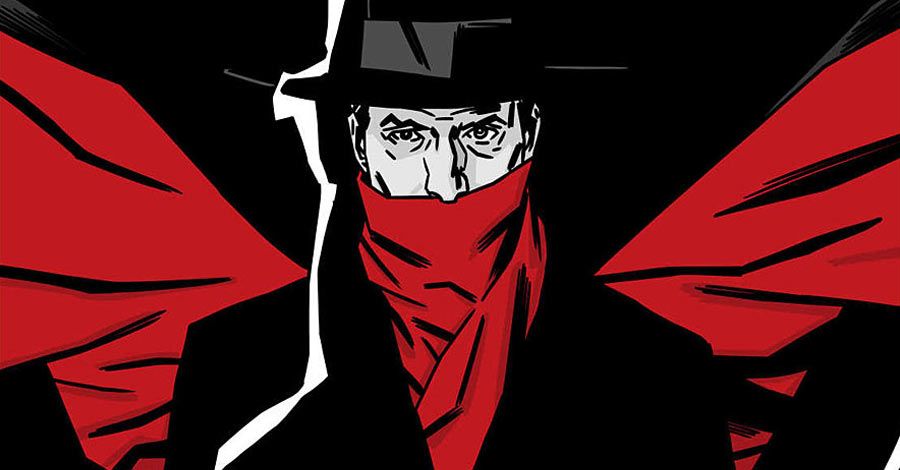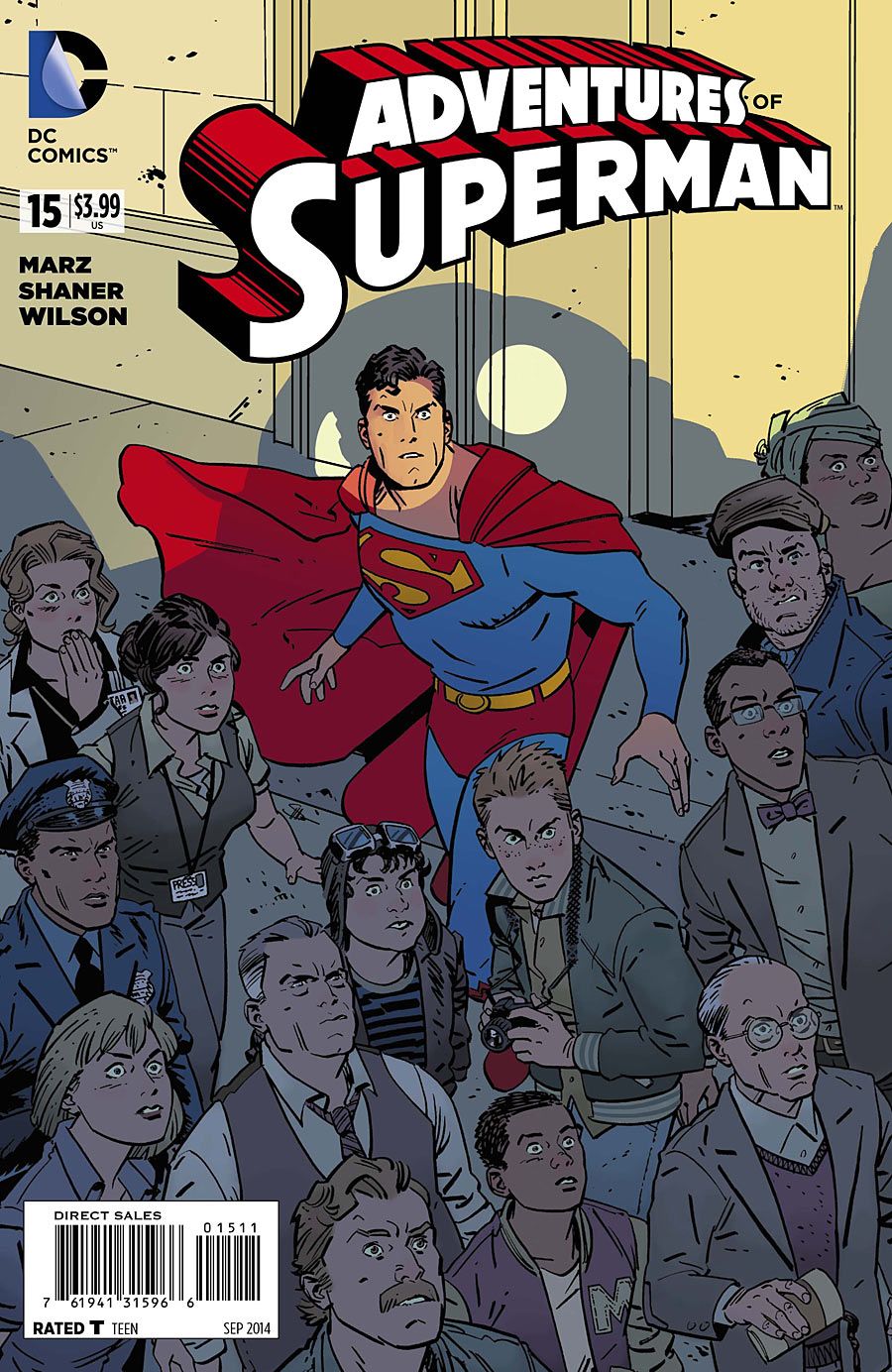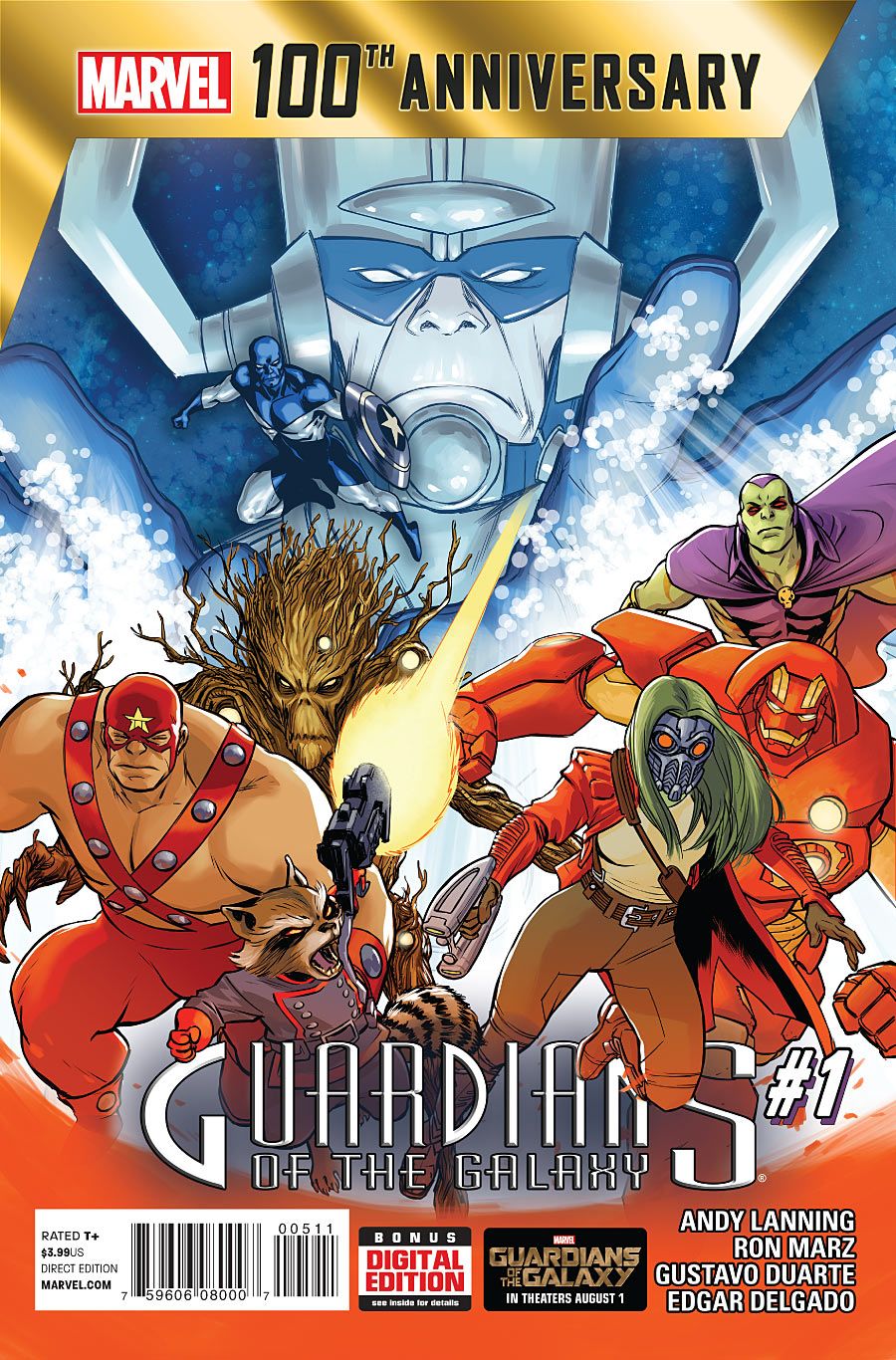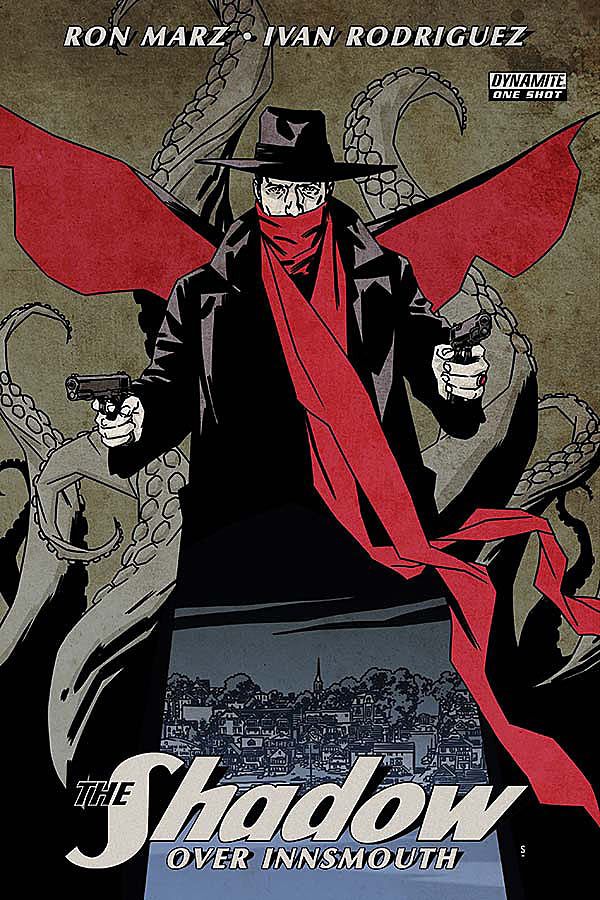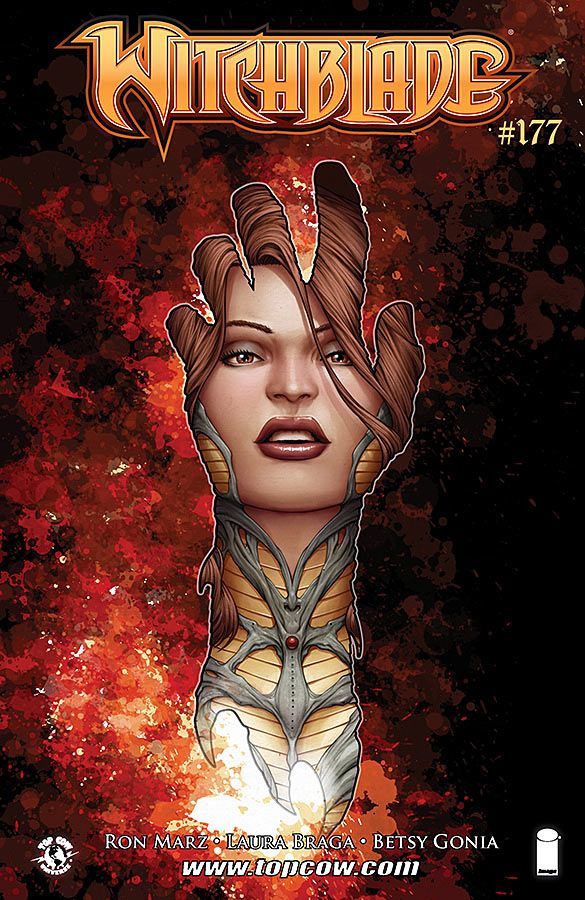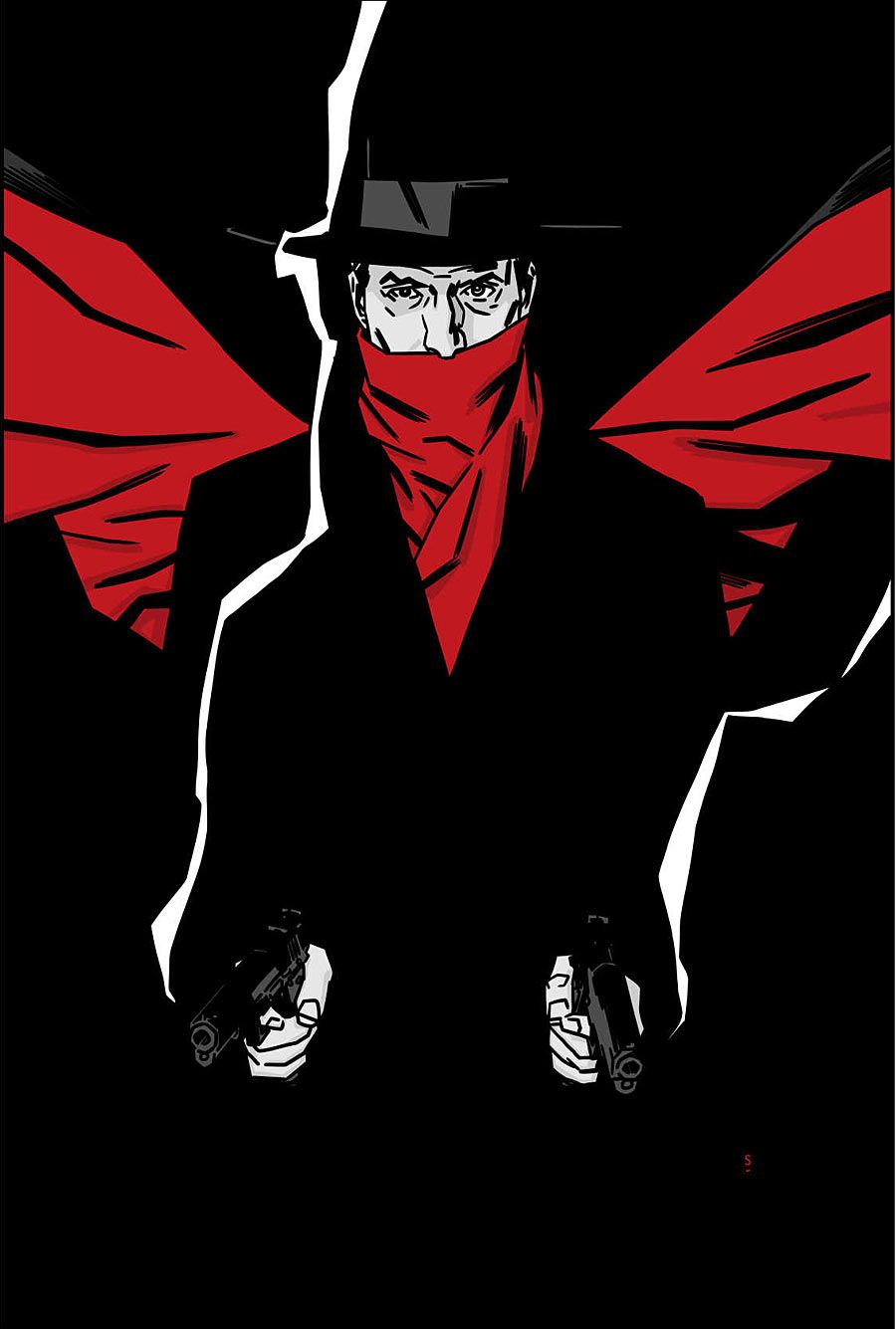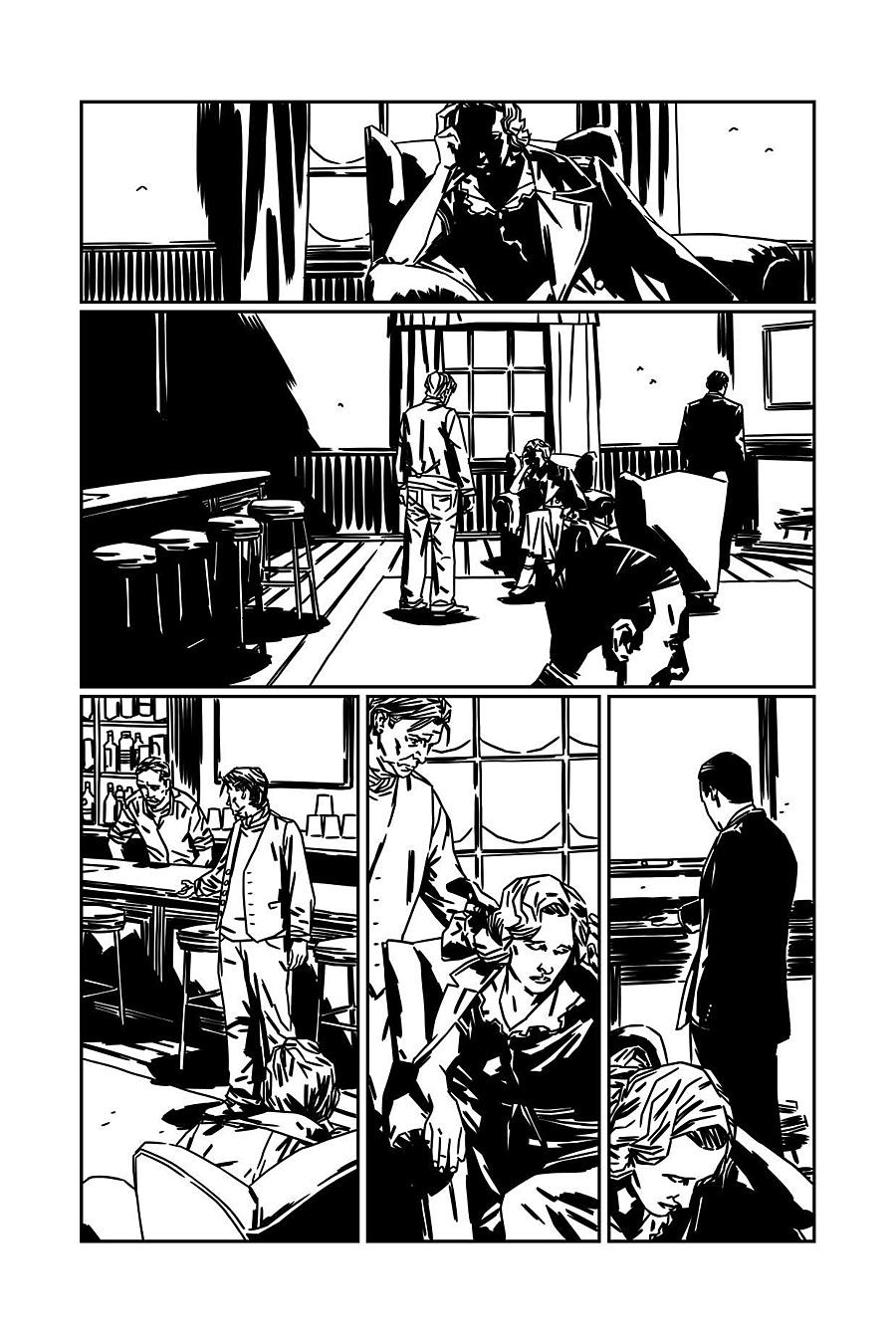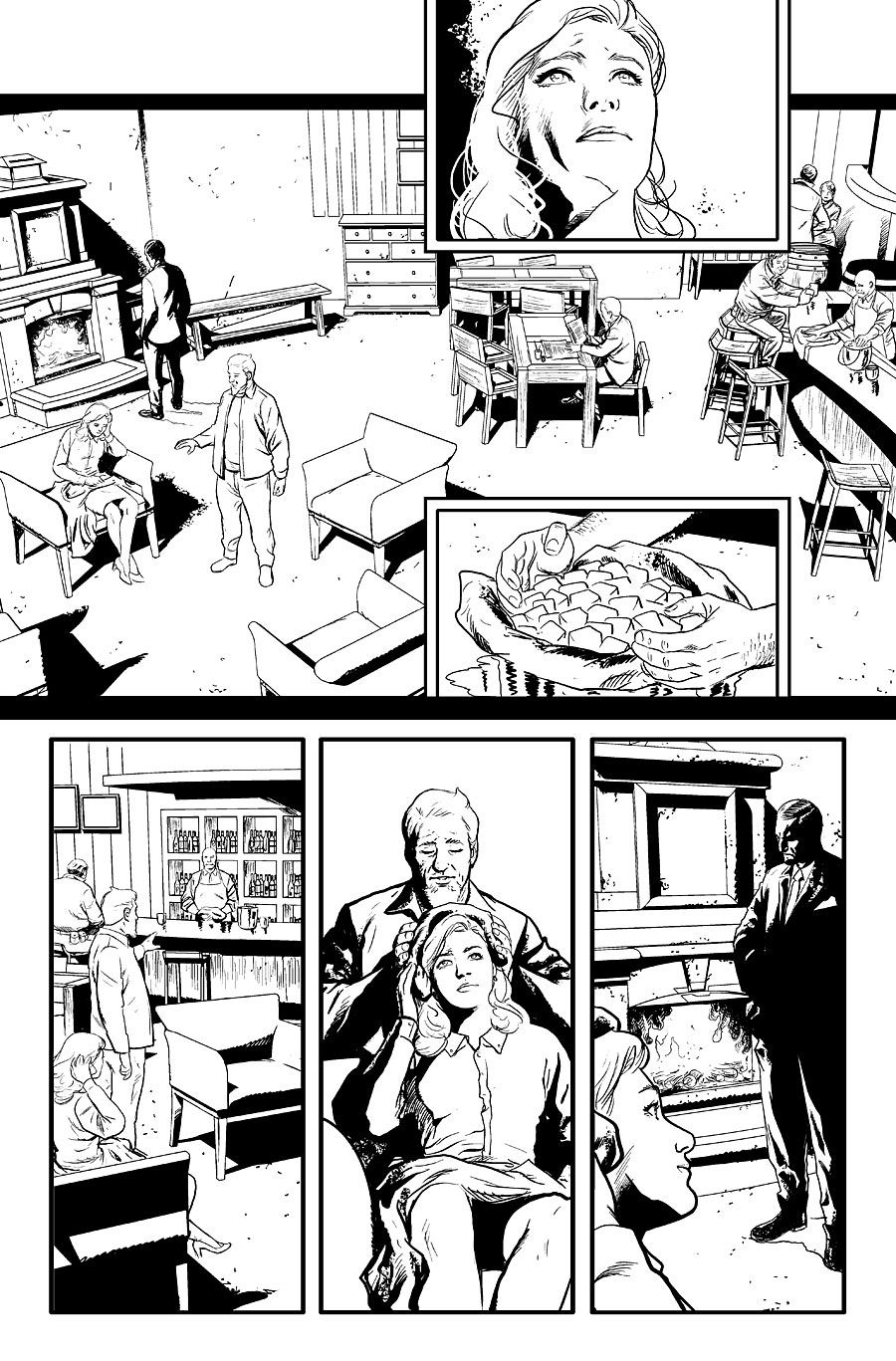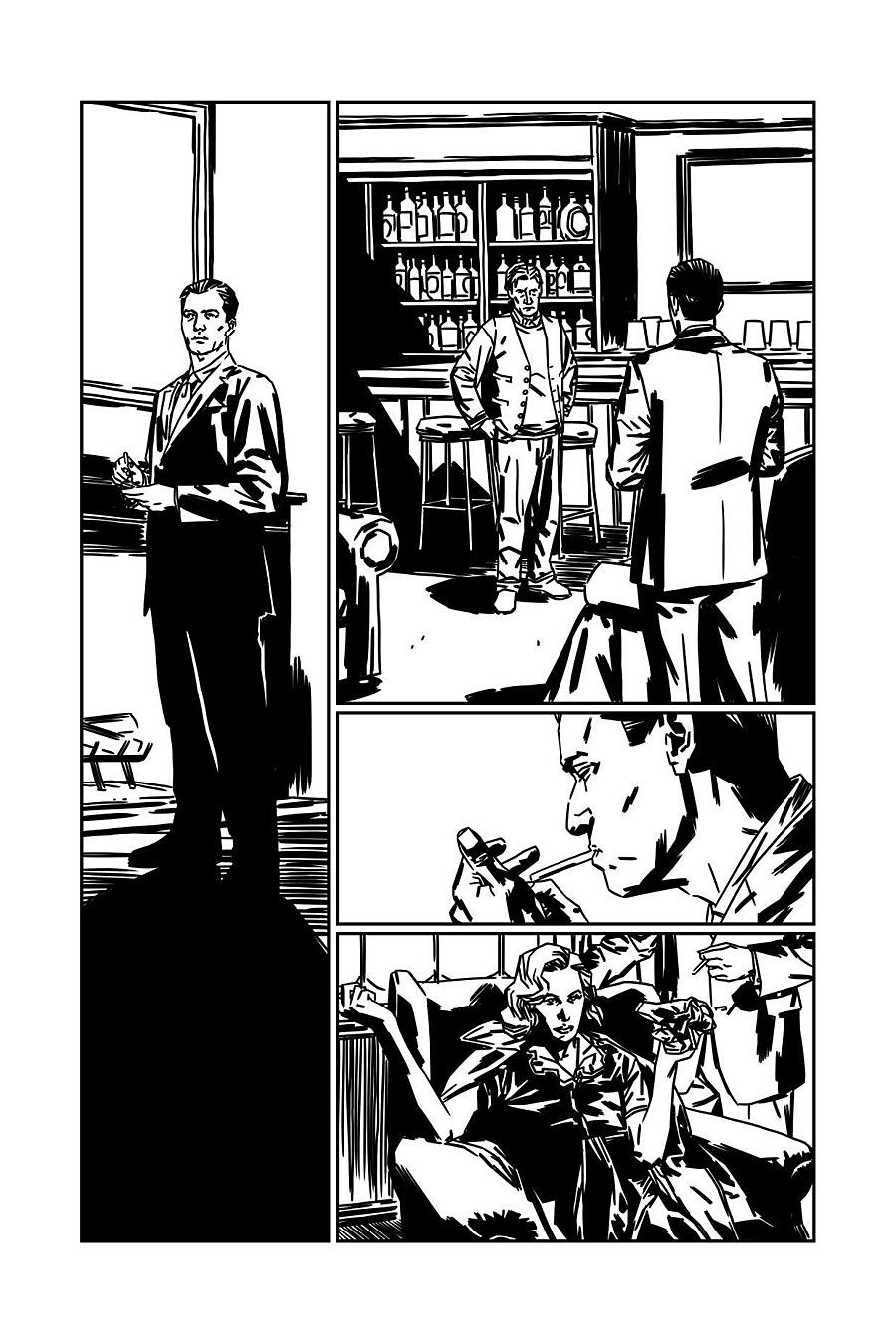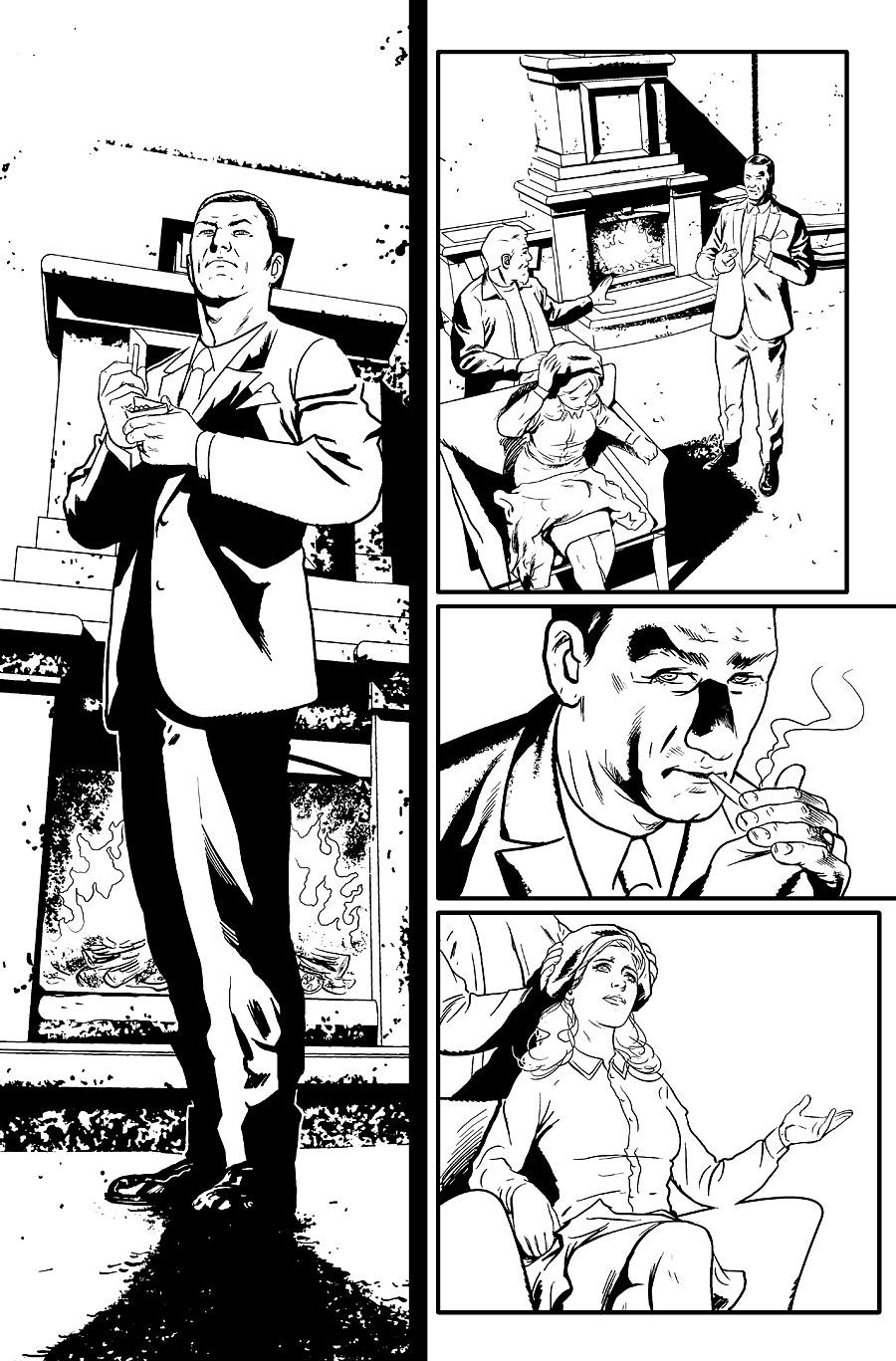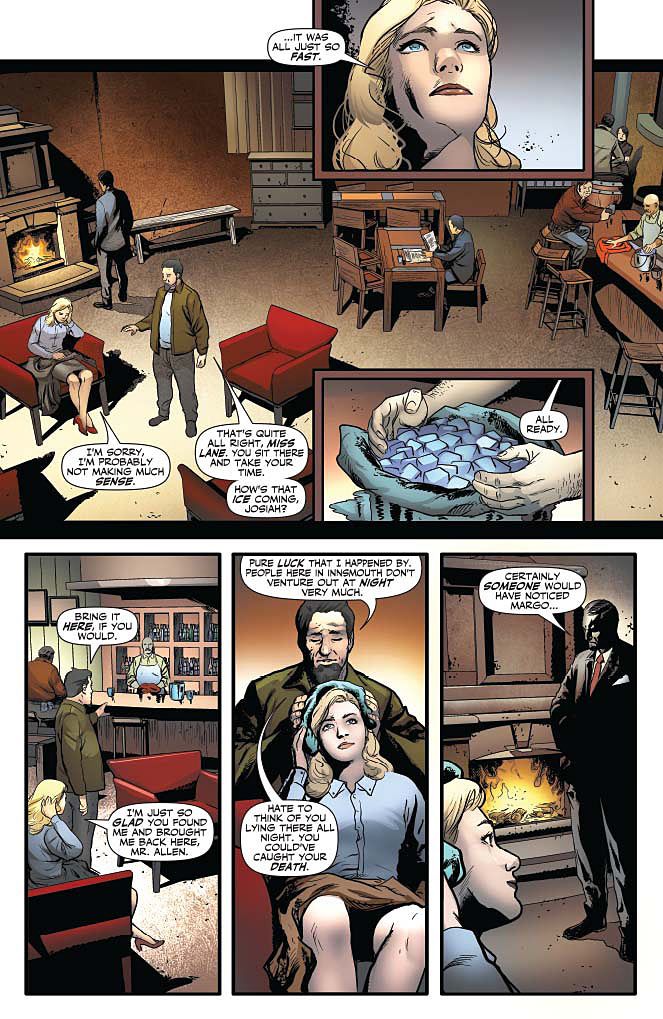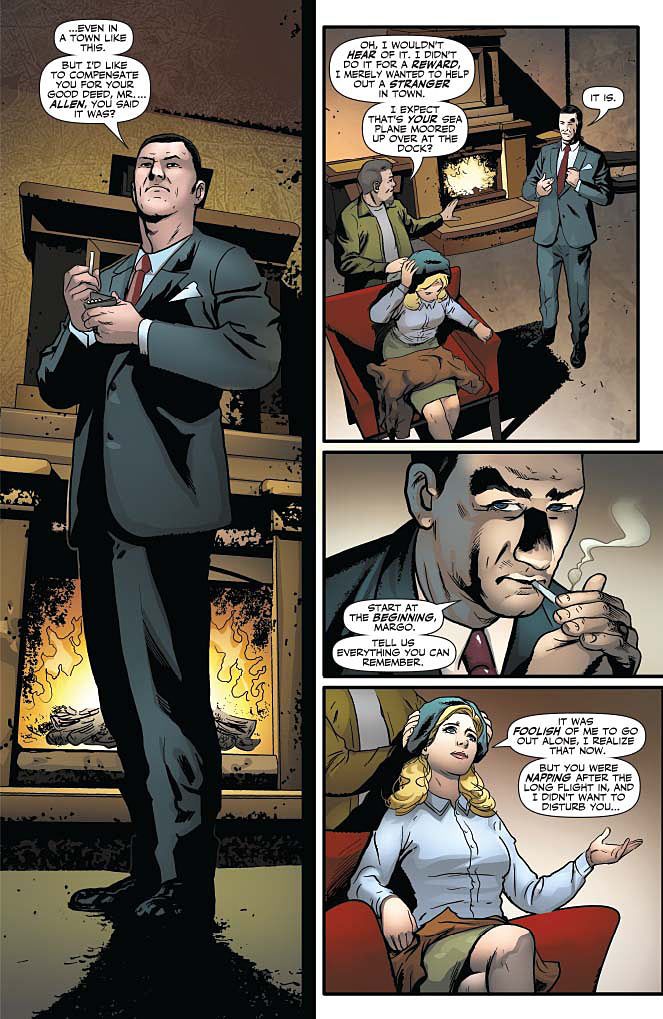Casting Two Different Shadows Over Innsmouth
Yesterday something happened that had never happened to me before, as far as I can remember. I had four different comics released, from four different publishers: The "Guardians of the Galaxy" 100th Anniversary issue from Marvel by me, Andy Lanning, Gustavo Duarte and Edgar Delgado; "Adventures of Superman" #15 from DC by me, Doc Shaner and Matt Wilson; "The Shadow Over Innsmouth" from Dynamite by me, Ivan Rodriguez and Inlight Studios; and "Witchblade #177" from Top Cow/Image by me, Laura Braga and Betsy Gonia.
Of course, all four issues being released on the same day doesn't mean they were written at the same time. The "Superman" issue is the print edition of the digital-first three-parter from earlier this year. "Guardians" was written more recently, my first chance (and definitely not my last) to co-write with my buddy Andy Lanning. Obviously "Witchblade" is on a monthly schedule. And "The Shadow" one-shot was actually written last November, but took longer than expected to be completed.
The Shadow project originally came together thanks to two factors: I've always wanted to write a Shadow story, and my pal Matthew Dow Smith was looking for a gig for his art table. Matt and I have been friends since our time working together on "The Path" for CrossGen. A few years ago, we collaborated on Amazon's first comic, "Blackburn Burrow." One of the great joys still left in comics is the ability to put together projects so you can work with your friends.
I pitched a few Shadow ideas to Dynamite, and thankfully they chose the one I really wanted to do: "The Shadow Over Innsmouth," which placed the pulp avenger in H.P. Lovercraft's infamous setting for a tale equal parts mystery, crime and horror. The notion -- especially the title -- seemed such an obvious one, I'm still stunned no one else beat me to it.
The story outline was approved, and I wrote the script for Matt (who lives about half an hour from me, which makes collaborating that much easier). Being able to write to your artist yields an infinitely better finished product. Understanding an artist's style, likes, strengths and weaknesses, and taking all of them into account, is part of any comic writer's job. The characters and story were a perfect fit for Matt's heavily-shadowed (no pun intended), chiaroscuro style, as well his affection in pulps and horror. A great match in every way.
Matt produced a cover based on the iconic Shadow image we originally included with the pitch. Then he had to finish up a few other odds and ends, including work on "October Girl," which he writes and draws for Monkeybrain.
As a nasty winter descended upon the Northeast, Matt started on the issue, laying out most of the 32 pages, collecting reference material, getting comfortable with the characters and period setting. Early in the new year, working digitally, he finalized pages 2 and 3 of the story, which can be seen here for the first time anywhere.
But those were the only finished pages Matt was able to complete before some serious health concerns sidetracked his progress, and led to him eventually having to leave the project. The details are personal, and aren't mine to share, though I can tell you Matt's health is considerably better now. In fact, I'll happily be attending his wedding in Manhattan this weekend. Matt's current art gig is the monthly "X-Files" comic, which looks (and reads) great.
With Matt unable to complete the "Shadow" pages, the script was assigned to Ivan Rodriguez, coming off his assignment on Dynamite's "The Spider." Ivan's work wasn't entirely familiar to me, but a quick perusal of his previous pages left me confident that the story was in good hands. Ivan's style, however, was not in the same school as Matt's, meaning the book certainly would have a different look and feel. Where Matt's style is cloaked in Toth/Mignola shadows, Ivan's is more open, more rendered, akin to someone like John Cassaday.
The circumstances allow the rare opportunity to compare Matt and Ivan's finished pages side by side, and see how each artist approached the storytelling. The issue opens with a sequence introducing Lamont Cranston's companion, Margo Lane, in the bar of the Innsmouth Inn, as she recovers from a frightening experience. Margo and the interior of the bar are introduced in page 2, while Lamont himself is introduced on page 3.
Page 2 was written as a five-panel page, opening on Margo, and then pulling back to a more expansive view to establish the bar. Zadok Allen (a pivotal character from the original Lovecraft story) retrieves an ice bag for Margo, and then we end the page with a panel hinting at Lamont.
Matt stuck with the five-panel version, while Ivan added a panel to concentrate on the ice being prepared for Margo. I adjusted the dialogue to fit the storytelling, as I do on every page before a script is lettered. That's also part of any comic writer's job. In panel 2, Ivan places the man sitting the table (who is seen again later in the story) in the background, while Matt places him in the foreground.
In panel 5, Ivan has Lamont turning toward Margo, while Matt chooses to keep his back to the Margo (and the reader), making him more of a stark shape. Both versions of the page work nicely, though Matt's heavy shadows, especially in panel 2, probably fit the story's mood better.
Page 3 opens with the full reveal of Lamont as he stands near the fire, casting a literal long shadow. The script called for a deep vertical panel running the length of the page, something that works best -- with some exceptions -- on the left side of a page. A deep vertical anywhere else on a page can lead to confusion in reading order. Matt gives us almost equal amounts of shadow and Lamont, and Ivan chooses a shot with a lower-angle, lending more stature and power to Lamont. Introducing Lamont Cranston as he casts a long shadow is obviously a symbolic choice we're making, and both versions are great shots.
In panel 3, Ivan chose a left-to-right orientation for Lamont, while Matt chose the opposite (remaining consistent with Lamont's general right-to-left orientation in the other panels of the page). Interestingly, neither artist shows the silver lighter in Lamont's hands in panel 3, something requested in the script, which plays a part in the storytelling later in the issue. Sometimes that happens; details in the script are left on the cutting-room floor, and you find ways to work around it. It's part of the process.
I'm sorry I didn't get to finish the issue with Matt, but we'll find something else to work on together. Ivan turned in a terrific job, especially under a tight deadline, and I'm glad he brought my story to life. Hopefully it's not the last time we collaborate, because comic writers are really only as good as the artists they're working with.
Ron Marz has been writing comics for two decades, and thinks it's pretty much the best job ever. His current work includes "Witchblade" and the graphic novel series "Ravine" for Top Cow, "The Protectors" for Athlitacomics, his creator-owned title, "Shinku," for Image, and Sunday-style strips "The Mucker" and "Korak" for Edgar Rice Burroughs, Inc. Follow him on Twitter (@ronmarz) and his website, www.ronmarz.com.

